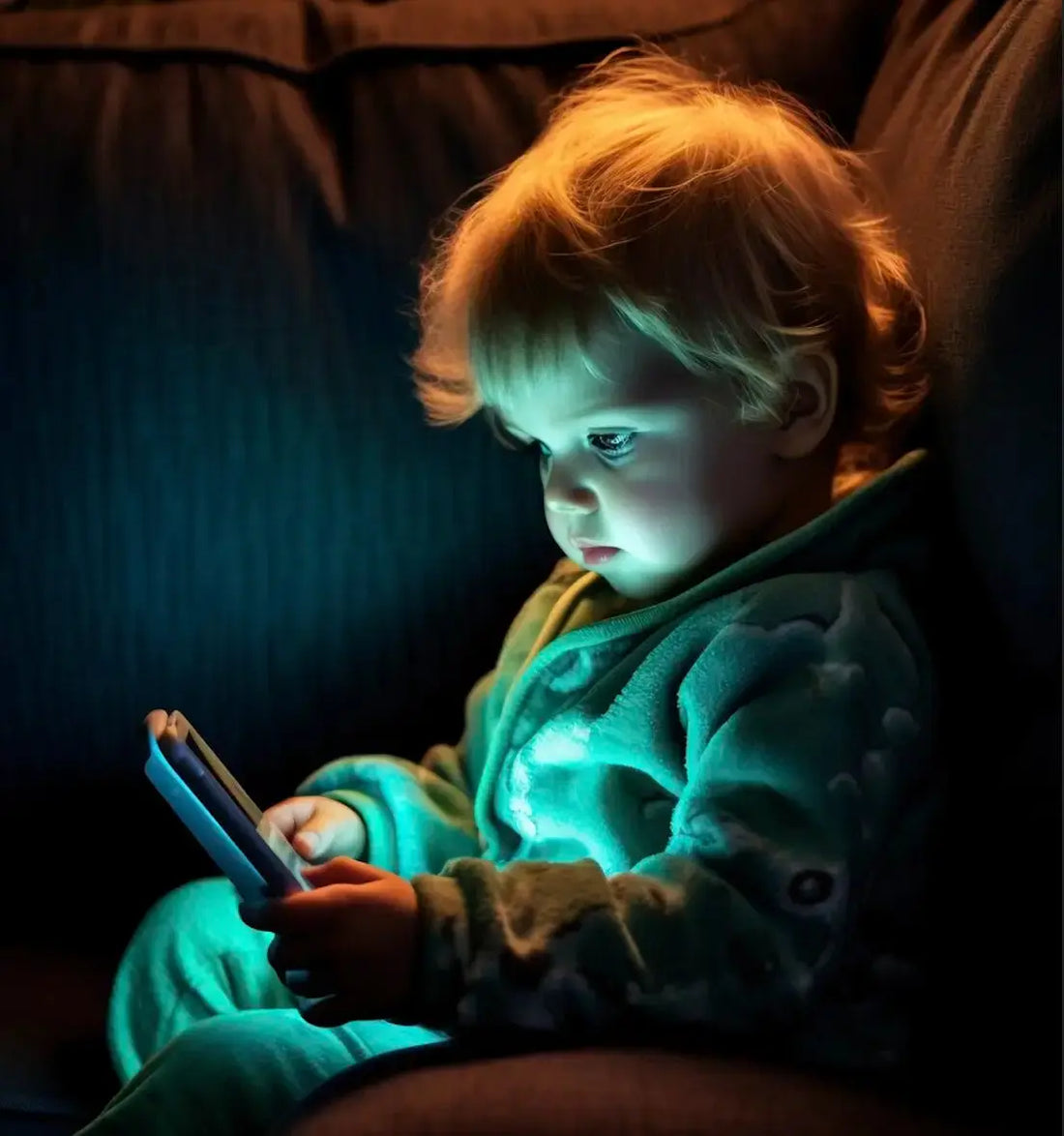
The Power of Open-Ended Toys in a Digital Age
Share
Unplug and Play: The Power of Open-Ended Toys in a Digital Age
In today's digital age, screens have become an integral part of our lives, including our children's. While technology offers numerous benefits, excessive screen time has raised concerns among parents and child development experts. As the glow of screens captivates young minds, the importance of unplugged play and its impact on child development often gets overlooked. This is where the power of open-ended toys come into the picture.
Open-ended toys, unlike their structured counterparts, offer endless possibilities for exploration and creativity. They encourage children to think critically, problem-solve, and use their imaginations in ways that digital devices simply cannot replicate.
The Impact of Screen Time on Child Development
The increasing prevalence of screens in our daily lives has had a profound impact on child development. While technology offers educational and entertainment benefits, excessive screen time can hinder crucial developmental milestones. Studies have linked excessive screen exposure to delays in communication and problem-solving skills, particularly in children under the age of two.
Furthermore, the passive nature of screen time can limit opportunities for active exploration and hands-on learning. As children spend more time engaging with digital content, they may miss out on developing essential social and emotional skills. Face-to-face interaction is vital for building empathy, understanding nonverbal cues, and developing healthy relationships.
The Magic of Open-Ended Toys
Open-ended toys are the unsung heroes of childhood development. Unlike their structured counterparts, these versatile playthings offer a blank canvas for children's imaginations to run wild. By providing limitless possibilities, open-ended toys ignite creativity, problem-solving skills, and cognitive development.
Children who engage in open-ended play are more likely to develop a strong sense of independence and self-reliance. As they experiment with different ways to use toys, they learn to make decisions, overcome challenges, and find creative solutions. This fosters a growth mindset and builds resilience.
Moreover, open-ended play is essential for social and emotional development. When children interact with others using open-ended toys, they learn to share, cooperate, negotiate, and resolve conflicts. These experiences help them build strong friendships and develop empathy.
Balancing Screen Time with Open-Ended Play
Incorporating open-ended play into your child's life doesn't mean completely eliminating screens. The key is finding a healthy balance. Here are some tips:
| Tip | Description |
|---|---|
| Designate screen-free zones | Create spaces in your home where screens are not allowed, such as bedrooms and dining areas. |
| Establish screen-free times | Set aside specific times of the day, like mealtimes or before bedtime, as screen-free zones. |
| Lead by example | Children learn by observing adults. Limit your own screen time to encourage a healthier digital balance. |
| Choose quality over quantity | When selecting screen time, opt for educational and interactive content. |
| Make open-ended play inviting | Create a dedicated play area with a variety of open-ended toys to encourage exploration. |
Conclusion
By prioritizing open-ended play, you can empower your child to become a creative, confident, and well-rounded individual. Remember, the most valuable toys often have the simplest designs, sparking endless possibilities for imagination and learning.
I hope this blog post empowers you to find a healthy balance between screen time and open-ended play in your child's life. Let me know in the comments below if you have any questions!

2 comments
Sakuya.in is one of best online toy shop for kids. You can buy toys for kids online at https://sakuya.in
xlf47x